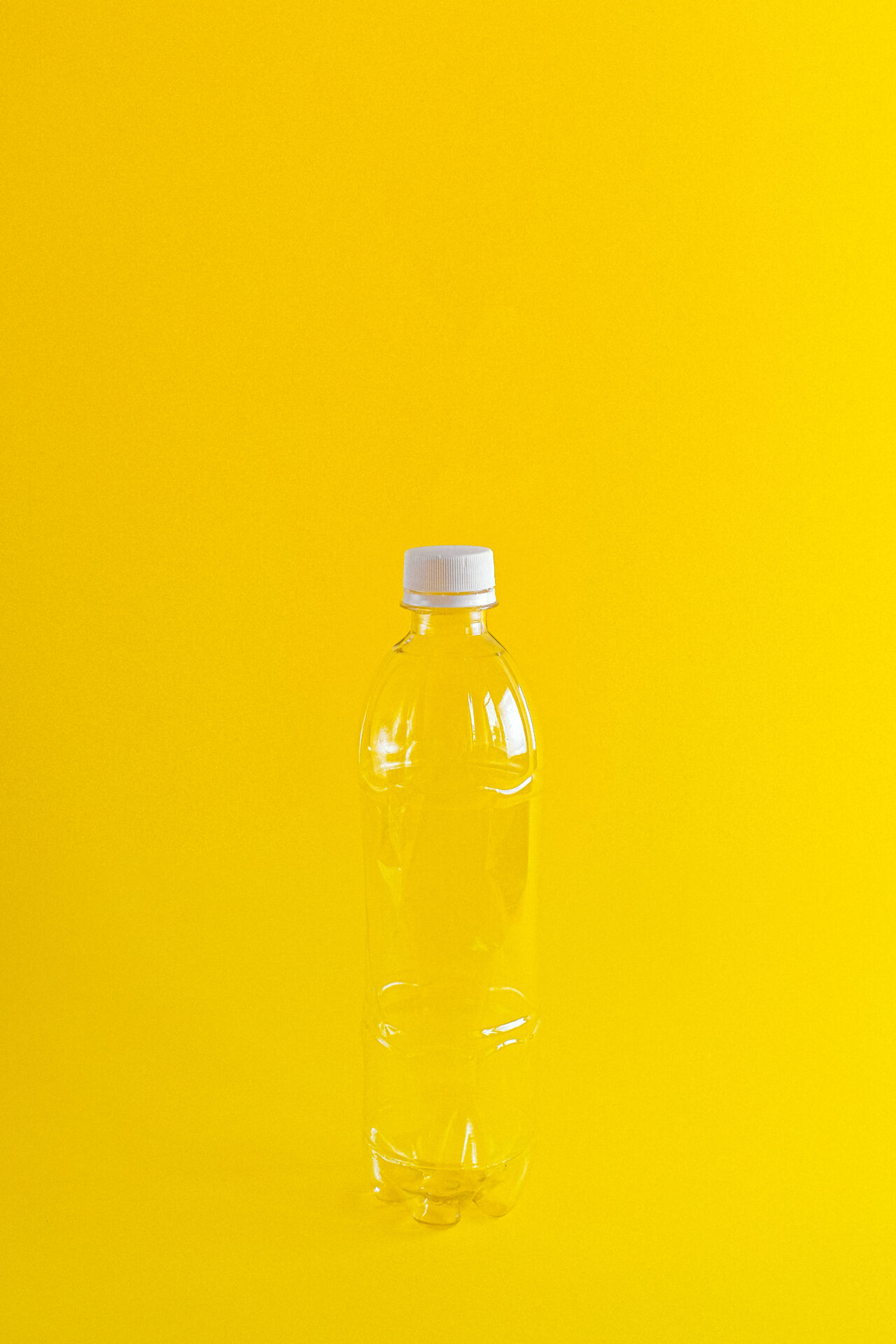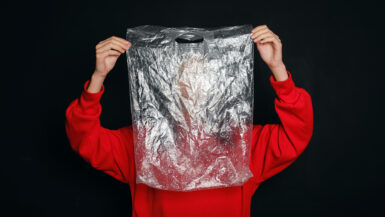In today’s world, the pervasive use of plastic has become a critical environmental concern, necessitating the exploration of innovative methods to promote plastic-free living. This article delves into the significant role that art and creativity play in raising awareness, inspiring change, and fostering sustainable practices within our society. By examining various artistic mediums, creative campaigns, and innovative initiatives, we will unveil how the power of imagination and expression can contribute to shaping a plastic-free future. Join us as we unravel the potential of art and creativity in not only challenging the status quo but also in encouraging a collective responsibility towards a cleaner and more sustainable environment.
Innovative Eco-Artists: Inspiring Change Through Plastic-Free Creations
The world of art has long been a vehicle for advocating change and raising awareness about pressing social and environmental issues. Among the countless artists who use their talents to inspire change, a select few have dedicated their work to promoting plastic-free living. In this subsection, we explore the innovative approaches these eco-artists have employed to create thought-provoking and conversation-starting pieces that inspire audiences to reconsider their plastic consumption habits and adopt more sustainable practices.
Transforming Trash into Treasure: Upcycling Plastic Waste into Art
One of the most common ways eco-artists tackle the plastic issue is by upcycling discarded plastic waste into visually captivating artworks. By collecting plastic debris from beaches, oceans, and landfills, these artists repurpose materials that would otherwise harm the environment, turning them into stunning sculptures, installations, and mixed-media pieces. In doing so, they not only raise awareness about the severity of plastic pollution but also demonstrate the potential for waste materials to be transformed into something beautiful and meaningful.
Interactive Installations: Engaging the Public in Plastic-Free Solutions
Eco-artists understand that raising awareness is just the first step in addressing the plastic crisis. To truly inspire change, they create interactive installations that invite the public to participate in the fight against plastic pollution. These installations often involve the use of reclaimed plastic materials and encourage visitors to contribute their own plastic waste, fostering a sense of collective responsibility and involvement in the solution. By engaging the public in this manner, eco-artists facilitate a deeper understanding of the issue and empower individuals to take action in their own lives.
Biodegradable Art: A Glimpse into a Plastic-Free Future
Another innovative approach some eco-artists take is the use of biodegradable materials in their creations. By swapping out traditional plastic-based materials for more sustainable alternatives, such as plant-based plastics, fungi, or organic fibers, these artists showcase the possibilities for a future where art and creativity can coexist harmoniously with the environment. In doing so, they not only challenge the status quo but also offer a glimpse into a world where plastic-free living is not only attainable but also aesthetically appealing.
Through their inventive and thought-provoking creations, eco-artists are playing an essential role in driving the conversation around plastic-free living. By transforming waste materials into art, engaging the public in interactive installations, and exploring the potential of biodegradable materials, these artists are not only raising awareness but also inspiring change on both an individual and collective level. Their work serves as a powerful reminder that art and creativity can be a catalyst for positive change, fostering a deeper appreciation for the environment and encouraging us all to do our part in the pursuit of a plastic-free future.
Crafting a Sustainable Future: DIY Plastic-Free Art Projects and Materials
Embracing art and creativity in our daily lives can not only foster a greater appreciation for the environment but also motivate us to seek out sustainable alternatives to traditional plastic-based materials. In this subsection, we will explore various DIY plastic-free art projects and materials that are both eco-friendly and visually appealing. By engaging in these creative endeavors, you can take a hands-on approach to reducing your plastic footprint while simultaneously nurturing your artistic side.
Embracing Natural and Recycled Materials
One of the most effective ways to minimize your plastic consumption in art projects is by opting for natural and recycled materials. Items such as leaves, twigs, stones, and shells offer a plethora of creative possibilities and can be easily collected from your local surroundings. Additionally, recycling materials like cardboard, paper, and fabric scraps not only helps to reduce waste but also adds a unique and personal touch to your creations.
Creating Eco-Friendly Paints and Dyes
Commercially available paints and dyes often contain harmful chemicals and plastic-based components. By making your own eco-friendly alternatives, you can minimize your environmental impact while still enjoying a vibrant and diverse color palette. For instance, consider experimenting with plant-based dyes extracted from fruits, vegetables, and spices. Similarly, you can create homemade paints using natural pigments and binders, such as clay, charcoal, and egg yolk.
Adopting Sustainable Art Techniques
Incorporating sustainable art techniques into your creative practice is another way to promote plastic-free living. For example, try your hand at eco-printing, a process that involves transferring natural pigments from leaves and flowers onto paper or fabric using heat and pressure. Additionally, papermaking, basket weaving, and pottery are all skills that have been practiced for centuries and rely on the use of natural, biodegradable materials.
Connecting with Like-Minded Artists and Communities
Collaboration and shared learning are key aspects of the artistic process, and connecting with other eco-conscious individuals can provide valuable inspiration and support. Participate in local workshops and events focused on sustainable art practices, or join online forums and social media groups dedicated to plastic-free living. By engaging with others who share your passion for the environment, you can expand your knowledge, enhance your skills, and contribute to a growing global movement.
By exploring DIY plastic-free art projects and materials, adopting sustainable techniques, and connecting with like-minded artists and communities, you are not only nurturing your creative side but also taking an active role in promoting a more sustainable future. Engaging in these eco-friendly practices allows you to make a positive impact on the environment while expressing your unique artistic vision. So, roll up your sleeves, gather your materials, and embark on a creative journey towards a plastic-free world.
Art Exhibitions and Installations: Showcasing the Impact of Plastic Pollution
The visual impact of art exhibitions and installations can be a powerful tool in conveying the severity and consequences of plastic pollution, capturing the attention of audiences in a way that written or spoken words often cannot. In this subsection, we delve into the world of art exhibitions and installations that highlight the global plastic problem, revealing how these immersive experiences can foster a deeper understanding of the issue and inspire action towards a plastic-free future.
Environmental Art Exhibitions: A Platform for Eco-Conscious Creatives
Art exhibitions centered around the theme of plastic pollution provide a platform for eco-conscious creatives to showcase their work, allowing audiences to engage with compelling visual representations of the issue. These exhibitions often feature a diverse array of art forms, including sculptures, paintings, photography, and installations, demonstrating how the topic can be approached from various creative perspectives. By presenting the works of multiple artists under one roof, these exhibitions facilitate a richer understanding of the plastic crisis and the multitude of ways in which it impacts our environment.
Large-Scale Installations: Visualizing the Scale of Plastic Waste
One of the most effective ways to communicate the magnitude of the plastic pollution problem is through large-scale installations. These immersive works of art often feature vast quantities of discarded plastic items, emphasizing the sheer volume of waste generated by our society. By transforming these materials into visually striking installations, artists compel viewers to confront the reality of their plastic consumption habits and consider the long-term ecological consequences. Additionally, these installations can spark conversations and debates, inspiring audiences to take meaningful action in their own lives and communities.
Site-Specific Artworks: Highlighting Local Plastic Pollution Issues
Site-specific artworks are another powerful approach to showcasing the impact of plastic pollution. By creating installations that respond directly to the local environment, artists can raise awareness about the unique challenges faced by specific communities and ecosystems. For example, an installation along a coastline may focus on the issue of marine plastic debris, while a piece in an urban setting could highlight the overuse of single-use plastics in consumer culture. By tailoring their work to the local context, artists can foster a deeper connection between the audience and the issue, encouraging a sense of responsibility and commitment to finding solutions.
Collaborative Art Projects: Engaging the Public in Plastic Pollution Awareness
Artists are increasingly involving the public in their efforts to raise awareness about plastic pollution, recognizing that widespread engagement is crucial to creating lasting change. Collaborative art projects invite individuals to contribute their own plastic waste to a collective artwork, fostering a sense of shared responsibility and ownership over the issue. These participatory experiences provide an opportunity for people to learn about the impact of their plastic consumption habits and discover practical ways to reduce their plastic footprint.
Through the power of art exhibitions and installations, artists are playing a pivotal role in shining a light on the global plastic pollution crisis. By showcasing the work of eco-conscious creatives, creating large-scale installations, designing site-specific artworks, and engaging the public in collaborative projects, these immersive experiences are not only raising awareness but also inspiring action towards a plastic-free future. By bearing witness to these visually impactful works of art, audiences are encouraged to reflect on their own habits and take steps towards adopting more sustainable practices in their daily lives.
Creative Community Initiatives: Engaging Locals in Plastic-Free Lifestyle
Art and creativity are powerful tools for encouraging local communities to adopt a plastic-free lifestyle. Through engaging and innovative initiatives, artists and activists can inspire individuals to take collective action towards reducing plastic waste and embracing sustainable practices. In this subsection, we will explore various creative community-based initiatives that effectively engage locals in the pursuit of a plastic-free world.
Public Art Projects: Fostering Community Pride and Responsibility
Public art projects that focus on environmental themes can effectively engage local communities in the fight against plastic pollution. By involving residents in the creation of murals, sculptures, and installations made from reclaimed plastic waste, these projects foster a sense of communal pride and responsibility. Moreover, they serve as a constant visual reminder of the importance of adopting a plastic-free lifestyle and the potential for positive change when communities come together.
Educational Workshops and Events: Empowering Locals with Knowledge and Skills
Organizing educational workshops and events centered around plastic-free living can empower locals with the necessary knowledge and skills to make more sustainable choices. These events may include hands-on activities such as creating reusable bags, crafting eco-friendly art supplies, or learning about plastic-free alternatives to everyday items. By providing practical tips and guidance, these workshops can inspire participants to adopt new habits and share their newfound knowledge with friends and family.
Collaborative Clean-up Initiatives: Combining Art and Environmental Action
Artists and environmental groups can join forces to organize collaborative clean-up initiatives, which involve local communities in the collection and repurposing of plastic waste. These events often culminate in the creation of a communal artwork, transforming the collected debris into a meaningful and thought-provoking piece. Through these initiatives, participants can gain a better understanding of the local impact of plastic pollution while contributing to both the beautification of their community and the promotion of plastic-free living.
Environmental Festivals and Celebrations: Showcasing the Plastic-Free Movement
Hosting environmental festivals and celebrations can be an effective way to showcase the plastic-free movement within local communities. These events can feature eco-friendly art exhibitions, live performances, and interactive installations that highlight the importance of reducing plastic waste. By bringing together artists, environmental organizations, and residents in a celebratory and educational atmosphere, these festivals can raise awareness and foster a sense of unity and commitment towards a plastic-free future.
By implementing creative community initiatives such as public art projects, educational workshops, collaborative clean-ups, and environmental festivals, artists and activists can successfully engage locals in the pursuit of a plastic-free lifestyle. These initiatives not only raise awareness but also empower individuals with the knowledge and skills necessary to make more sustainable choices. Through collective action and a shared commitment to the environment, local communities can play a crucial role in shaping a plastic-free world for generations to come.
The Power of Visual Storytelling: Documentaries and Photography Raising Awareness on Plastic-Free Living
Visual storytelling has the remarkable ability to evoke emotions and provoke thought, making it an invaluable tool in raising awareness about the importance of plastic-free living. Documentaries and photography serve as powerful mediums for sharing compelling narratives that reveal the devastating impact of plastic pollution on our environment and inspire viewers to take action. In this subsection, we will explore the influential role that documentaries and photography play in promoting plastic-free living and how these visual stories can foster a deeper understanding and commitment to sustainable practices.
Documentaries: Unveiling the Truth Behind Plastic Pollution
Documentaries have the unique ability to present complex issues in an accessible and engaging format, making them an effective means of raising awareness about plastic pollution. By featuring in-depth interviews with experts, activists, and affected communities, these films provide a comprehensive overview of the environmental, social, and economic implications of our plastic consumption habits. Furthermore, documentaries often incorporate striking visuals and poignant storytelling to capture the attention and empathy of viewers, compelling them to reconsider their own plastic usage and explore more sustainable alternatives.
Photography: Capturing the Impact of Plastic Waste on Our World
Photography serves as a powerful medium for communicating the urgent need for plastic-free living. Through their lenses, photographers capture the stark reality of plastic pollution, revealing the devastating consequences it has on our oceans, wildlife, and landscapes. These striking images serve as visual reminders of the scale and severity of the issue, inspiring viewers to take action and adopt more sustainable practices in their own lives. Additionally, photography exhibitions and photo essays can bring together a collection of images that tell a cohesive and compelling story, further emphasizing the importance of addressing the plastic crisis.
Visual Campaigns: Harnessing the Power of Social Media and Online Platforms
In today’s digital age, visual campaigns that leverage social media and online platforms have the potential to reach a global audience and generate widespread awareness about plastic-free living. Through the use of captivating images, videos, and infographics, these campaigns can convey important messages about the impact of plastic pollution and the benefits of adopting sustainable practices. By creating shareable content that resonates with viewers, visual campaigns can inspire individuals to join the plastic-free movement and contribute to a collective effort towards a cleaner and healthier planet.
Collaborations with Influencers and Environmental Organizations
Visual storytellers, including documentary filmmakers and photographers, can amplify their impact by collaborating with influencers and environmental organizations. These partnerships can help to expand the reach of their work, garnering increased attention and support for the plastic-free cause. By joining forces with like-minded individuals and groups, visual storytellers can create a stronger and more unified voice that highlights the urgent need for collective action in addressing the plastic pollution crisis.
The power of visual storytelling, through documentaries and photography, plays a vital role in raising awareness about the importance of plastic-free living. By presenting compelling narratives and striking visuals, these mediums can foster a deeper understanding of the issue and inspire viewers to take action. Through visual campaigns and collaborations with influencers and environmental organizations, visual storytellers can further amplify their message, encouraging individuals around the world to join the plastic-free movement and work together towards a more sustainable future.





Leave a reply